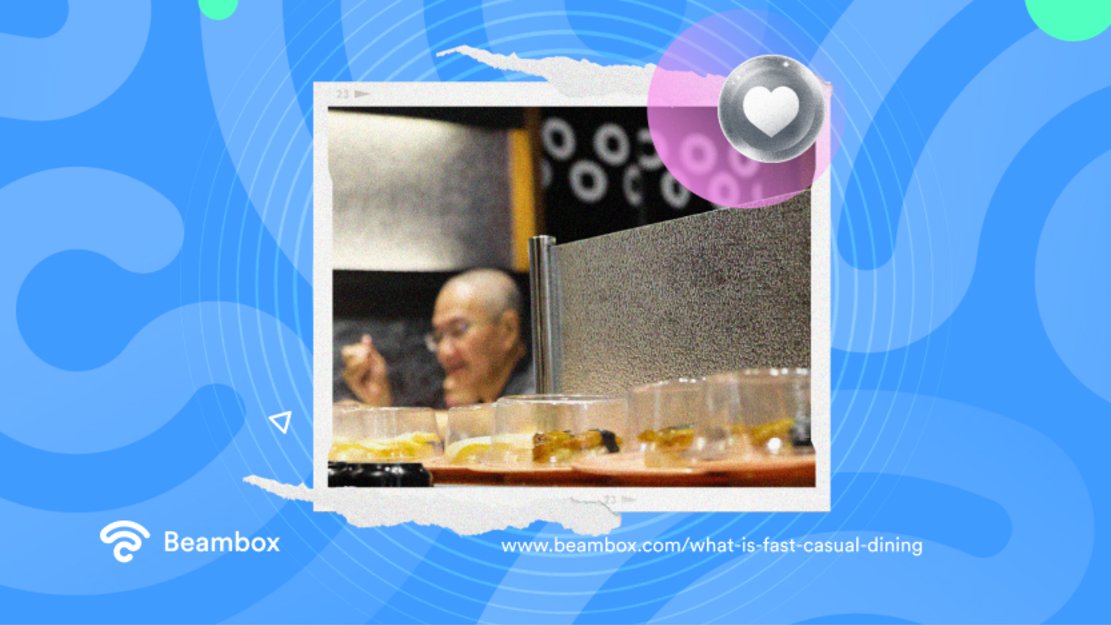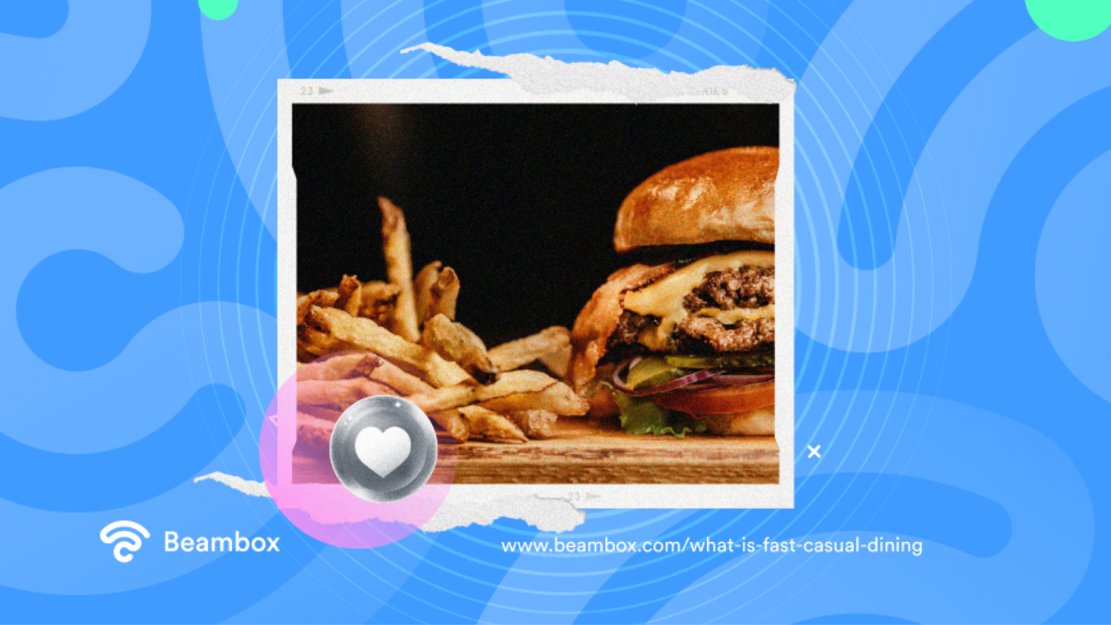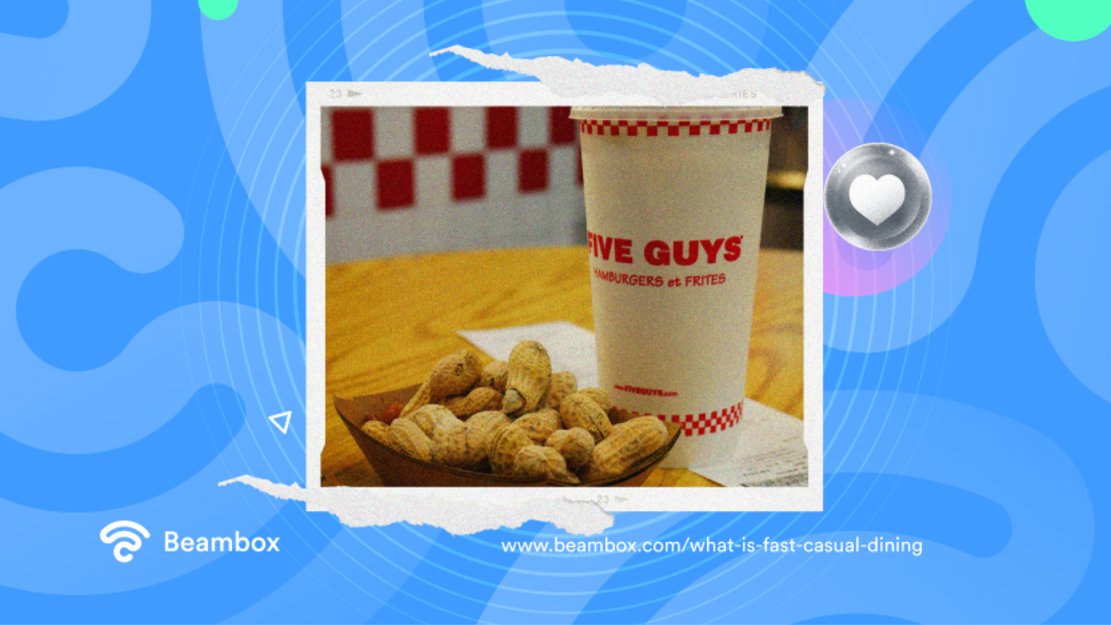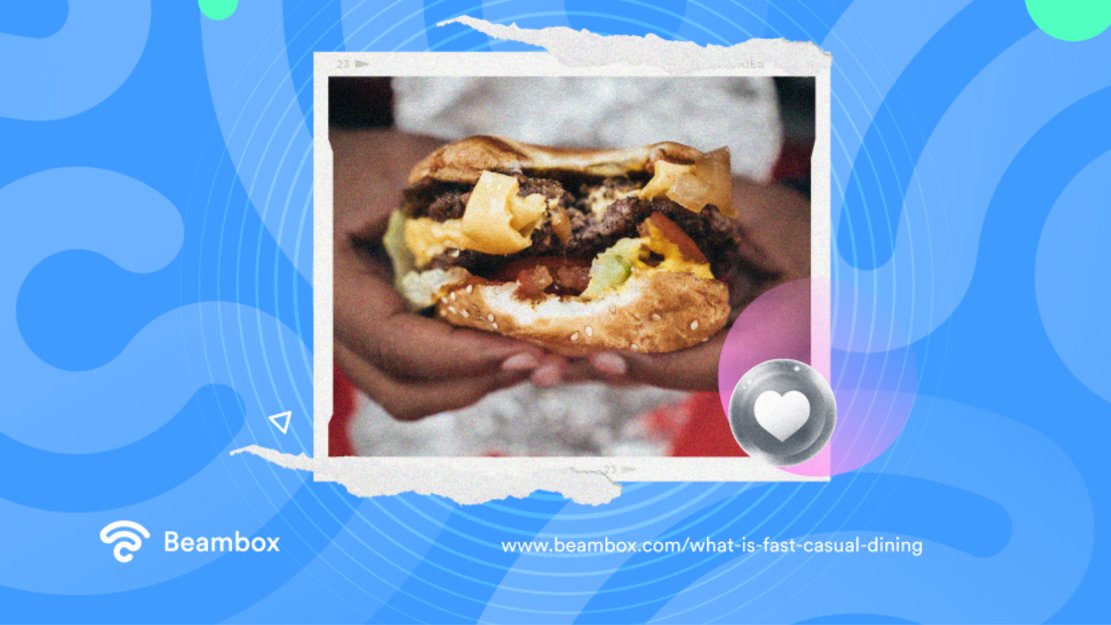Quick quality has become the new buzz. What is fast casual dining? And what is a fast-casual dining restaurant? These are good questions and refer to a new trend of restaurants providing better quality food more quickly.
There’s a void between fast-food restaurants providing unhealthy or low-quality food and those that want healthy food just quicker. Some people want more nutritious options but just don’t have time for a sit-down meal.
The birth of the fast-casual restaurant is the cure for that. It provides a speedy, non-sit service but sells healthy, good-quality food. Fast casual is the new dining compromise.
In this guide, we’ll introduce you to the rise in quick-quality restaurants. It’s important to understand major industry shifts, and this one is a biggie. Even the likes of Burger King and McDonald’s have had to try to rebrand as healthier in response to this trend.
We’ll cover a solid definition, some key benefits to remember, and a brutal comparison between fast and casual food. By the end of this guide, you’ll be ready to put what you’ve learned into practice.

What Is Fast Casual Dining?
This type of dining is just high-quality food served fast. You typically find counter service or occasionally a casual dining experience at tables — a good example being sushi conveyor belts. If it’s sit down, there’s an element of customer-driven service, like mobile apps for ordering or the sushi conveyor belt.
There’s an emphasis on food quality, for instance, healthy, well-sourced, and freshly prepared. But there’s also an emphasis on efficient service, which is not drawn out like formal table service. Quick service is critical.
Fast casual dining is becoming more and more popular. This industry niche is establishing itself quickly. It is effective as it caters to the trend of caring about health. This is all while reducing the time and effort required to eat out.
A few examples of fast-casual chains are the following:
- Five Guys
- Panda Express
- Shake Shack
- Chipotle
As you can see, these fast-casual chains are known for quick service. However, they also sit in the middle of formal restaurants and fast-food restaurant brands. They are in a category of their own.
These dining venues have a limited menu, which means fresh ingredients and the ability to cook faster. They prep in the morning and pick quick-to-make meals to add to their menu.

Fast Casual vs. Fast Food
So, what exactly is the difference between fast casual and fast food? Where does fast casual dining actually sit in the grand scheme of things? The two industry niches are pretty similar and even overlap in sections, so it’s vital that you can tell them apart. We’ll cover a few clues and main points you can remember.
These are the main differences to pay attention to:
- Prices tend to be higher.
- They may offer mobile apps or adapted sit-down services like conveyor belts.
- Fast food focuses less on fresh ingredients and food quality.
Of course, the two aren’t all different; they actually have an almost identical business model. For instance, they both serve customers who are short on time. The only main difference is that fast casual customers are more health-conscious and have bigger budgets. These are the main similarities to remember:
- Both restaurant types cover a similar average check size, e.g., a high turnover of customers in a given time.
- Both types focus on quick service (the customer service fast food is traditionally known for).
- They both offer counter service and limited seating.
As you can see, there’s a massive overlap with similarities. In summary, fast casual restaurants serve the same customer demographic as fast food restaurants. The only real difference is that they target a niche within it, targeting customers who want fast, healthy food.
While it can be hard to separate the two, this main difference will help you the most. The other differences result from the fact that fast-casual restaurants offer healthier food. For instance, they have higher prices than fast food.

3 Benefits of Fast Casual Dining
You now know the main differences and how to tell it apart from fast food. We’re sure you can already see some of the benefits for yourself, especially healthiness. These are the top three benefits of this type of dining, whether you’re a business owner or a customer.
1. Healthier Food
The first significant benefit is healthier food. Customers get the choice to eat nutritionally high-value food, not just fast food, without sacrificing time. They can relax knowing they have fresh ingredients and buy food that benefits their bodies.
Healthy food is a trending customer and consumer preference, so it’s worth jumping on this benefit sooner rather than later.
2. Less Customer Interaction
This is a benefit for both customers and businesses. The target customers are in a rush; they don’t want unnecessary interaction. For business owners, this means that their staff don’t have to waste time on formalities. They can just jump straight into service and serve more customers.
Less customer interaction is time and cost-effective for everyone involved.
Check size is just the average number of customers you serve in a given time. With a fast-casual restaurant, you have a higher check size than with a formal restaurant. This means you turnover more customers in a shorter time.
Now, of course, formal restaurants often charge higher prices and might make more on bottles of wine and drinks. However, getting high enough foot traffic may make this higher check size more profitable.

Beambox: What Is Fast Casual Dining and What Does It Have To Do with WiFi?
So, where does this all tie into WiFi? Well, with this restaurant type, you have a smaller window of opportunity to target customers through WiFi marketing. Your waiting time likely lasts only 10-15 minutes, and you may or may not offer indoor seating.
This means you need a streamlined WiFi login process if you want to take advantage of high-quality WiFi marketing. And this is where Beambox comes in. Here at Beambox, we offer an all-in-one WiFi marketing platform, which includes a fantastic captive portal system.
Our captive portal system allows customers to join your network swiftly while providing valuable details. It’s a win-win for everyone involved. Your customers get a fast network for their fast-served food, and you get valuable marketing information.
When you only have a short window, getting your WiFi marketing as good as possible is vital. Start your Beambox free trial today and pat yourself on the back. You’ve gone from wondering what fast casual dining is to preparing a slick marketing campaign in less than 10 minutes.
Get Started With Free WiFi Marketing
Beambox helps businesses like yours grow with data capture, marketing automation and reputation management.
Sign up for 30 days free